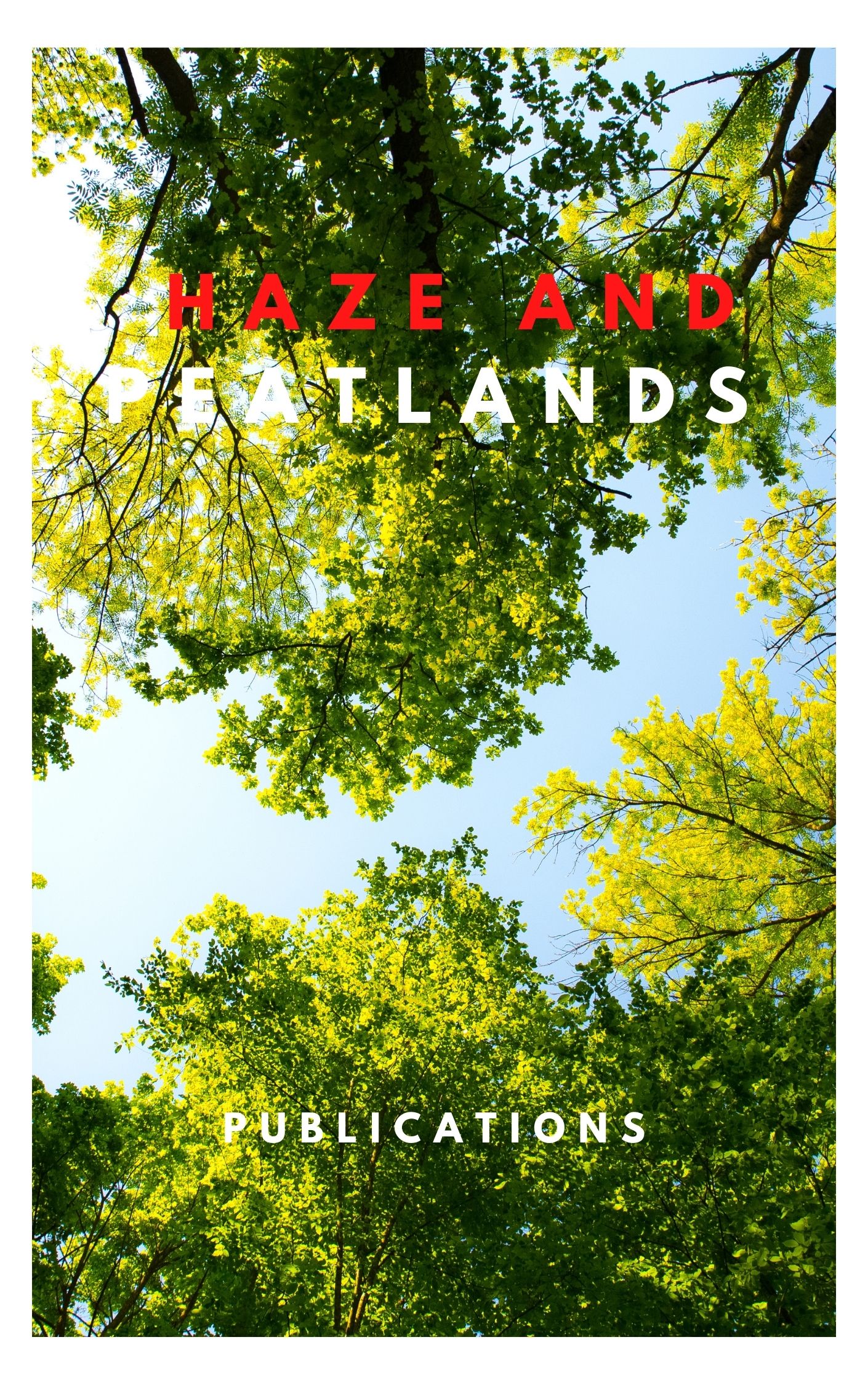The sustainability of shifting cultivation systems and their impact on soil quality continues to be debated, and although a growing body of literature shows a limited impact on, e.g. soil carbon stocks, shifting cultivation still has a reputation as detrimental to the environment. We wished to compare soil erosion from three land use types in a shifting cultivation system, namely upland rice, pepper gardens and native forest. We used two sample sites within the humid tropical lowland zone in Sarawak, Malaysia. Both areas had steep slopes between 25° and 50°, and were characterised by a mosaic land use of native forest, secondary re-growth, upland rice fields and pepper gardens. Soil samples were collected to 90 cm depth from all three land use types, and analysed for various chemical parameters, including texture, total organic matter and 137Cs content. 137Cs is a radioactive isotope derived from nuclear fallout, and was used to estimate the retention of topsoil in the profiles. Soil chemical parameters in upland rice fields, such as extractable cations, pH and conductivity, indicated limited soil transportation downslope, and depletion of cations from upslope samples are most likely caused by leaching and losses via ashes after clearing and burning. The position on slope had no significant effect on soil texture, carbon or P content, indicating very limited physical movement of soil downslope. A soil carbon inventory to 90 cm depth on the three land uses only showed a higher carbon concentration in the top 5 cm of forest and upland rice plots. When corrected for soil density, there was no effect of land use on the carbon inventory. Moreover, the carbon content in the top 30 cm contributed <50% of the total carbon inventory, hence even significant effects of land use on carbon content in the upper soil layers, are unlikely to change the carbon inventory dramatically. 137Cs content in the soil profile indicated largest retention of original topsoil in the native forest plots, and a loss of 18 and 35% of topsoil from upland rice and pepper gardens, respectively, over the past 40 years. When comparing to 30 cm depth, soil loss was 30% from both upland rice and pepper fields. Low 137Cs activity in deeper soil layers rendered a total profile inventory impossible. It is concluded that shifting cultivation of upland rice in the current system is not leading to degradation of soil chemical and physical quality. The soil carbon inventory is not affected by land use in this analysis, due to the contribution from the deeper soil layers. © 2008 Elsevier B.V. All rights reserved.
View source

